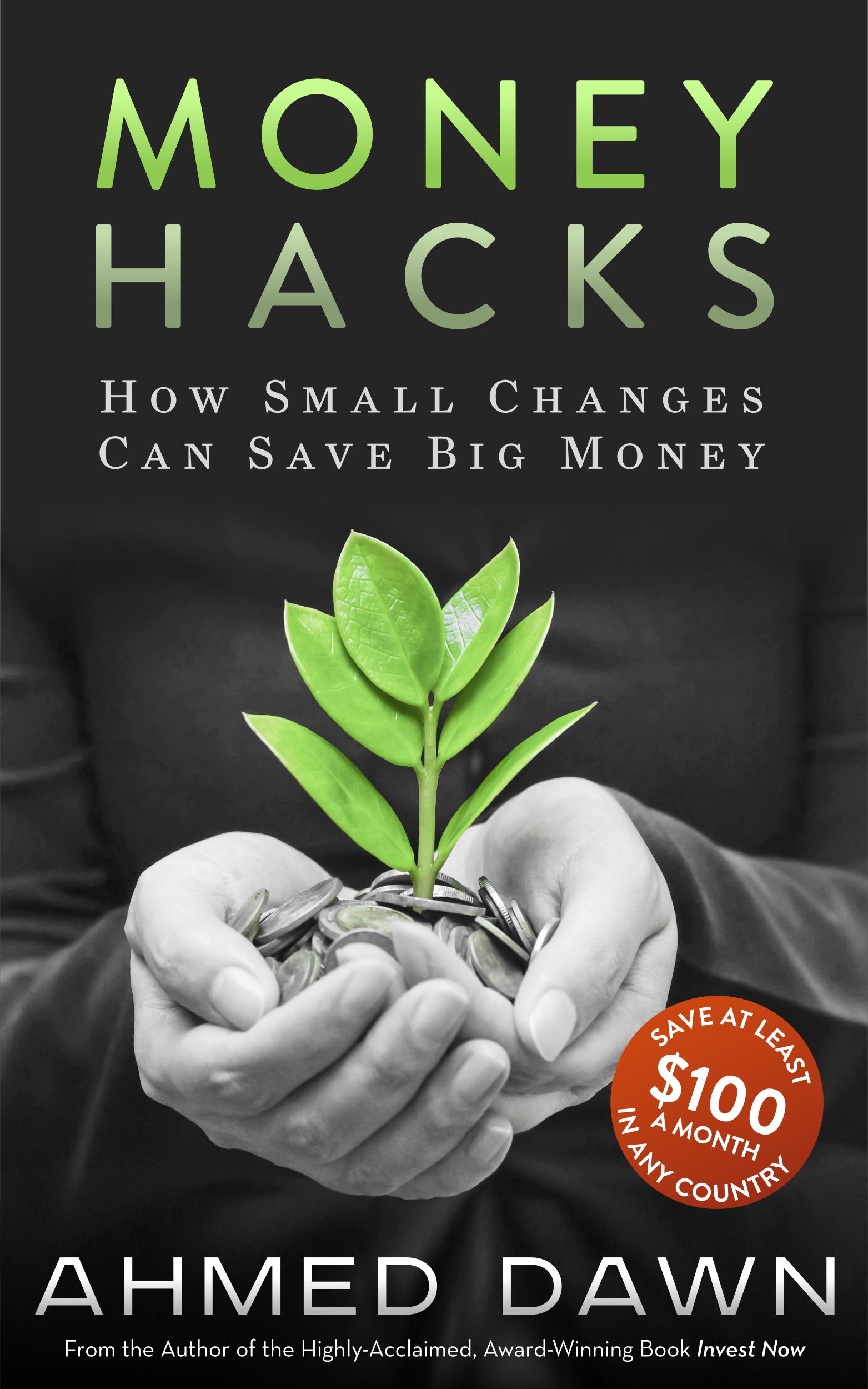How To Save Water At Home
/Conserving Water in the Home
First Published Date: Feb 7, 2010
Water is one of the most precious resources on our planet. While our planet is 70 percent water, only three percent of that water is fresh water. Of that three percent, only one percent of the fresh water is available to us, the rest is locked in ice. Around the world, water supplies are beginning to dry up and that means water conservation is extremely important. In our homes, we can work to make our homes water-smart by following some very simple green tips:
1. When your shower is warming up, you are wasting a lot of water. You can fix this by putting a shower water container under the tap while your shower warms up. Once your shower is warmed up, take the container out. Then you can use that container to water plants and for your pets because it is plain water from the tap, with no soap in it.
2. Only water your lawn once per week. Your lawn only needs one inch of water per week and many people over-water. Keep an eye on the weather because if you are expecting rain that week, you will not need to water. Also, only water in the evening and mornings, otherwise the sun will just evaporate the water away.
3. Collect water with rain barrels outside. You can collect a lot of water when it rains and you can use that water inside on your plants, for your pets and even to water your garden later.
4. The more adventurous of water conservers will try a navy shower. A navy shower, which comes from people on submarines, consists of:
1. Get into shower and turn it on.
2. Once you have been soaked, turn the shower off.
3. Soap yourself up.
4. Turn shower on and rinse off.
5. Turn shower off and get out.
5. You can practice the rule in your home of “If it is brown, flush it down. If it is yellow, let it mellow”. You waste a lot of water with each flush, roughly 1.6 gallons per flush with lo-flow toilets. That is more water than people in Africa get all day. Saving water this way is easy and it saves you money as well.
6. When you are brushing your teeth, turn off the water. If you brush your teeth twice a day and leave the water running while you do so, you waste seven gallons of water per day. Turn the water off while you brush, and only turn it on when you rinse. This way, you save a lot of water every single day.
It is very easy to save water in your home. Each day, people waste gallons of water through their activities. In North America, a typical person uses twice the amount of water that people do in Europe. Even better, you can save money by conserving water because you will not be letting money essentially go down the drain anymore. There is a finite amount of fresh water available to us, a lot of that is wasted and polluted, so we need to conserve as much as we can.
To streamline and minimize blog maintenance, I will be discontinuing maintaining the Thegreenlivingblog.com website (however, I will still hold the domain). I will gradually move all articles from this site to A Dawn Journal. This article originally published on the above website on Feb 7, 2010.








